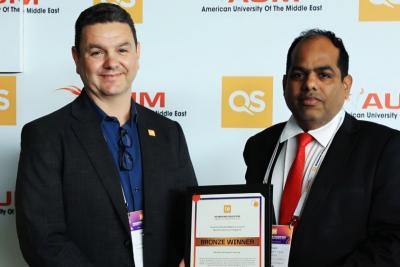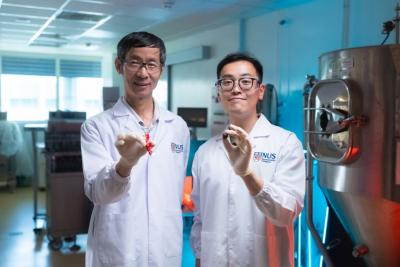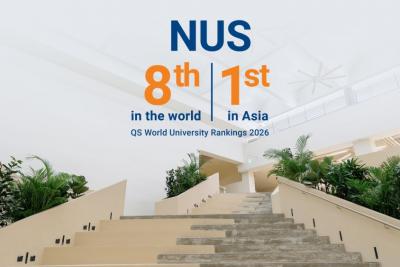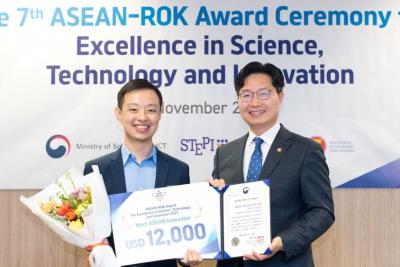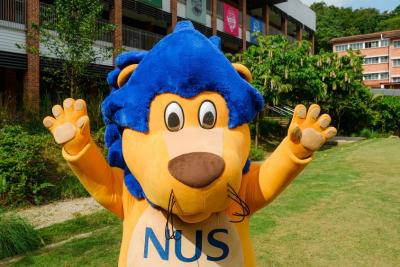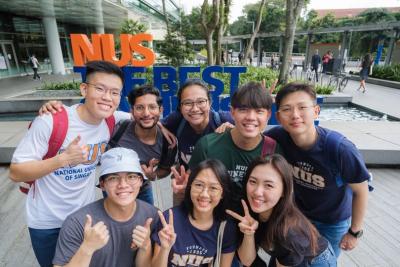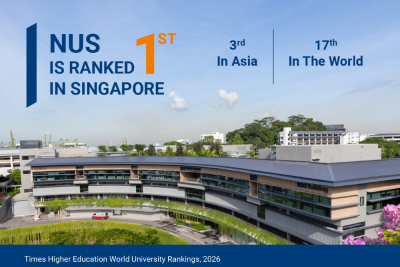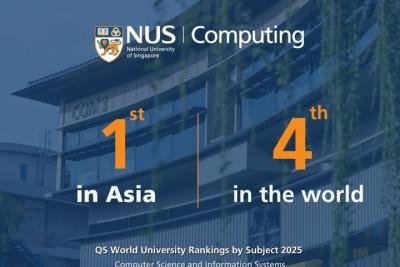Những nhà nghiên cứu NUS phát triển gel từ tính chống loét do tiểu đường nhanh gấp 3 lần
First-of-its-kind cell therapy promotes wound healing, improves overall wound health and lowers risks of recurrence.
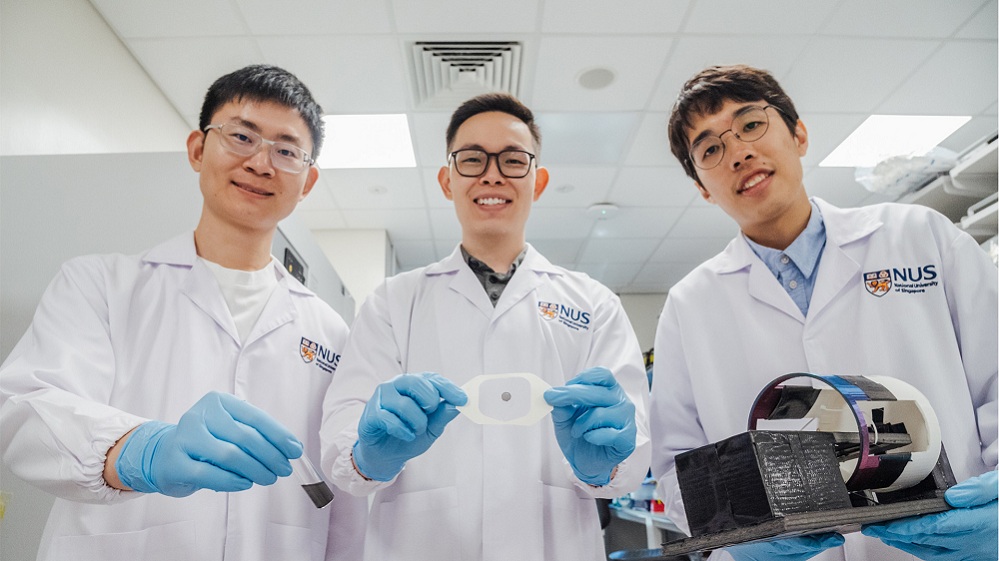
Asst Prof Andy Tay (centre) is holding a plaster pre-loaded with magnetic gel, which promises to accelerate the healing of diabetic wounds, while Dr Shou Yufeng (right) is holding the device for magnetic stimulation. Dr Le Zhicheng (left) is holding a sample of the magnetic gel in liquid form.
Diabetic patients, whose natural wound-healing capabilities are compromised, often develop chronic wounds that are slow to heal. Such non-healing wounds could cause serious infections resulting in painful outcomes such as limb amputation. To address this global healthcare challenge, a team of researchers from the National University of Singapore (NUS) engineered an innovative magnetic wound-healing gel that promises to accelerate the healing of diabetic wounds, reduce the rates of recurrence, and in turn, lower the incidents of limb amputations.
Each treatment involves the application of a bandage pre-loaded with a hydrogel containing skin cells for healing and magnetic particles. To maximise therapeutic results, a wireless external magnetic device is used to activate skin cells and accelerate the wound healing process. The ideal duration of magnetic stimulation is about one to two hours.
Lab tests showed the treatment coupled with magnetic stimulation healed diabetic wounds about three times faster than current conventional approaches. Furthermore, while the research has focussed on healing diabetic foot ulcers, the technology has potential for treating a wide range of complex wounds such as burns.
See more here






